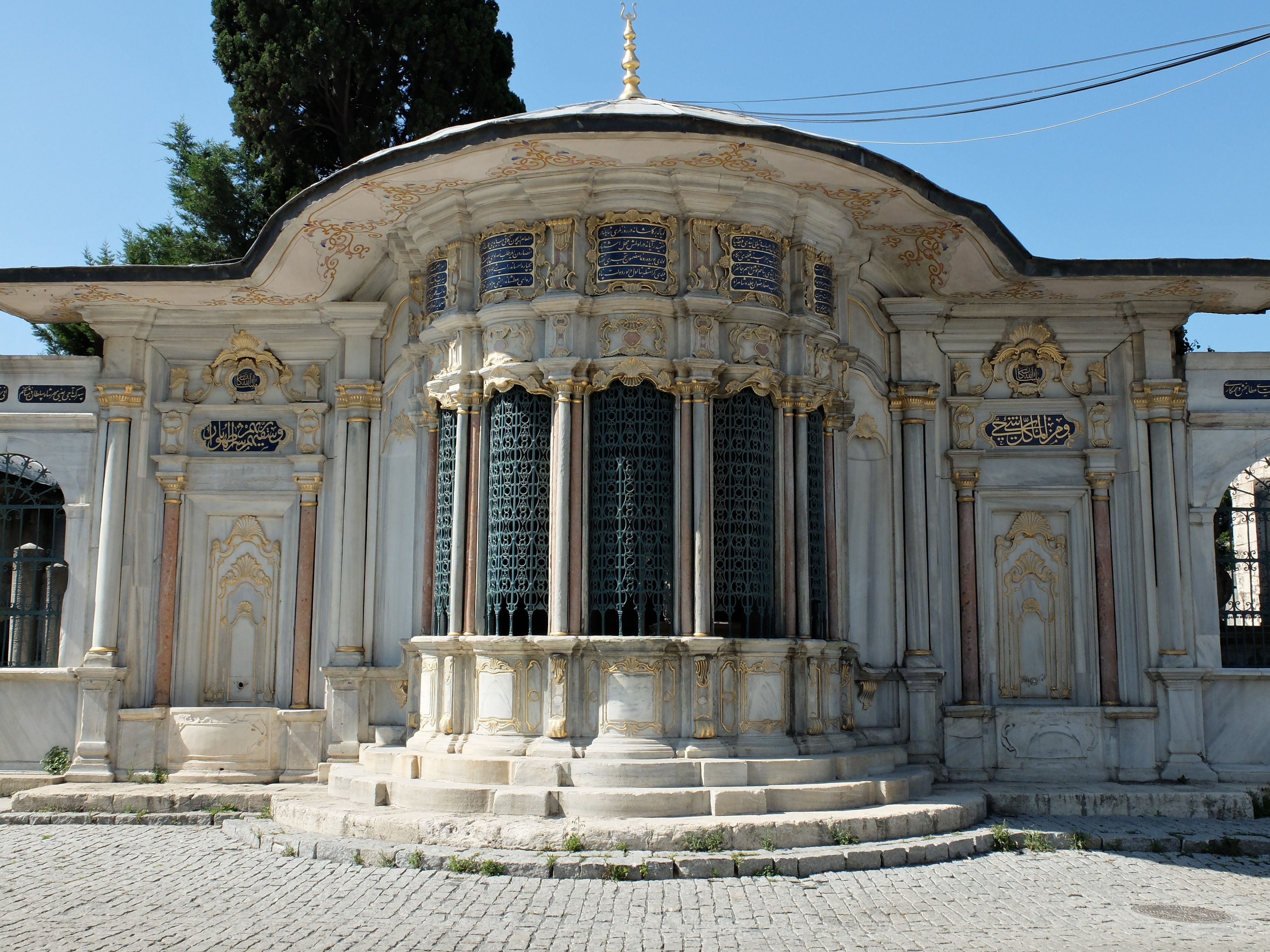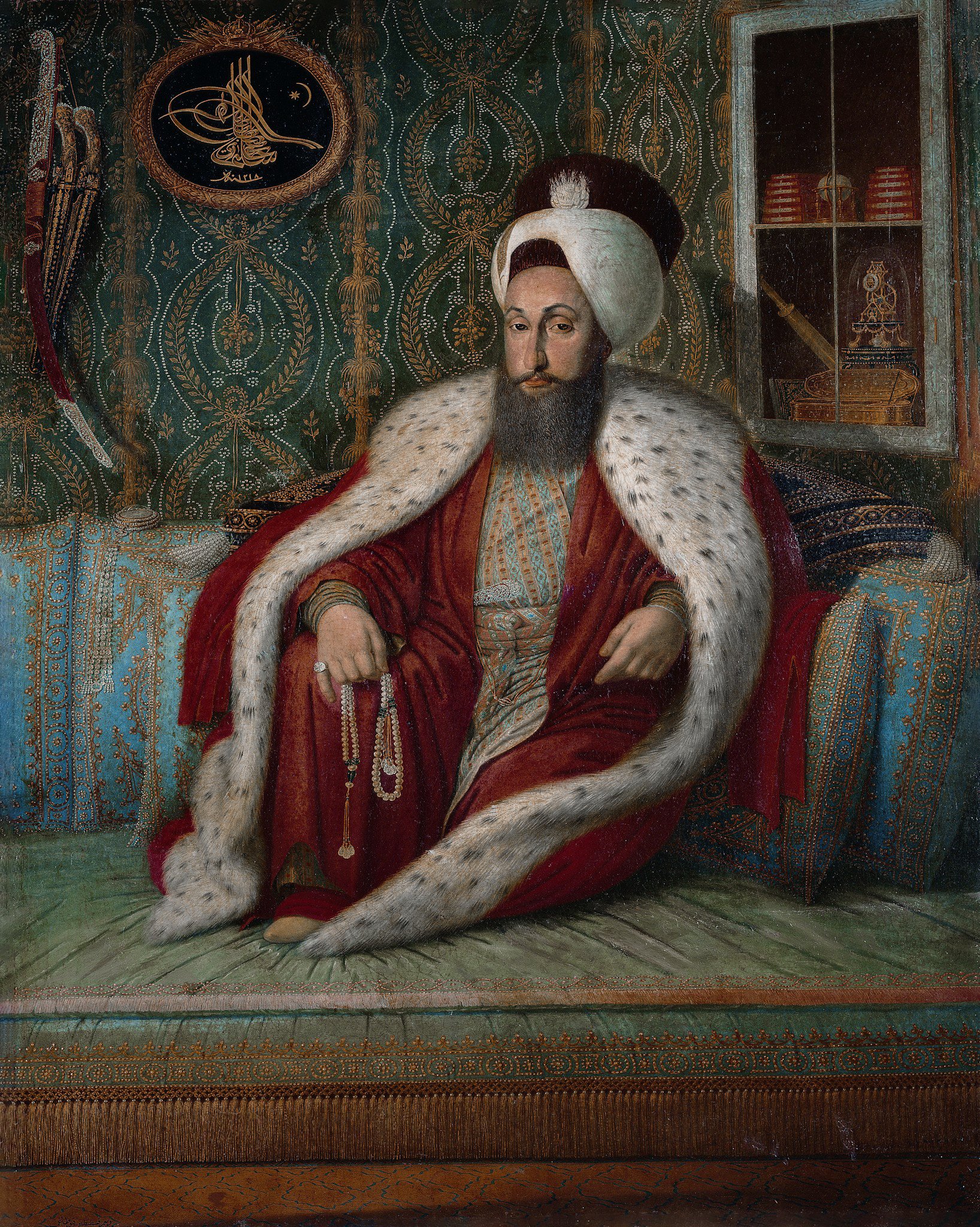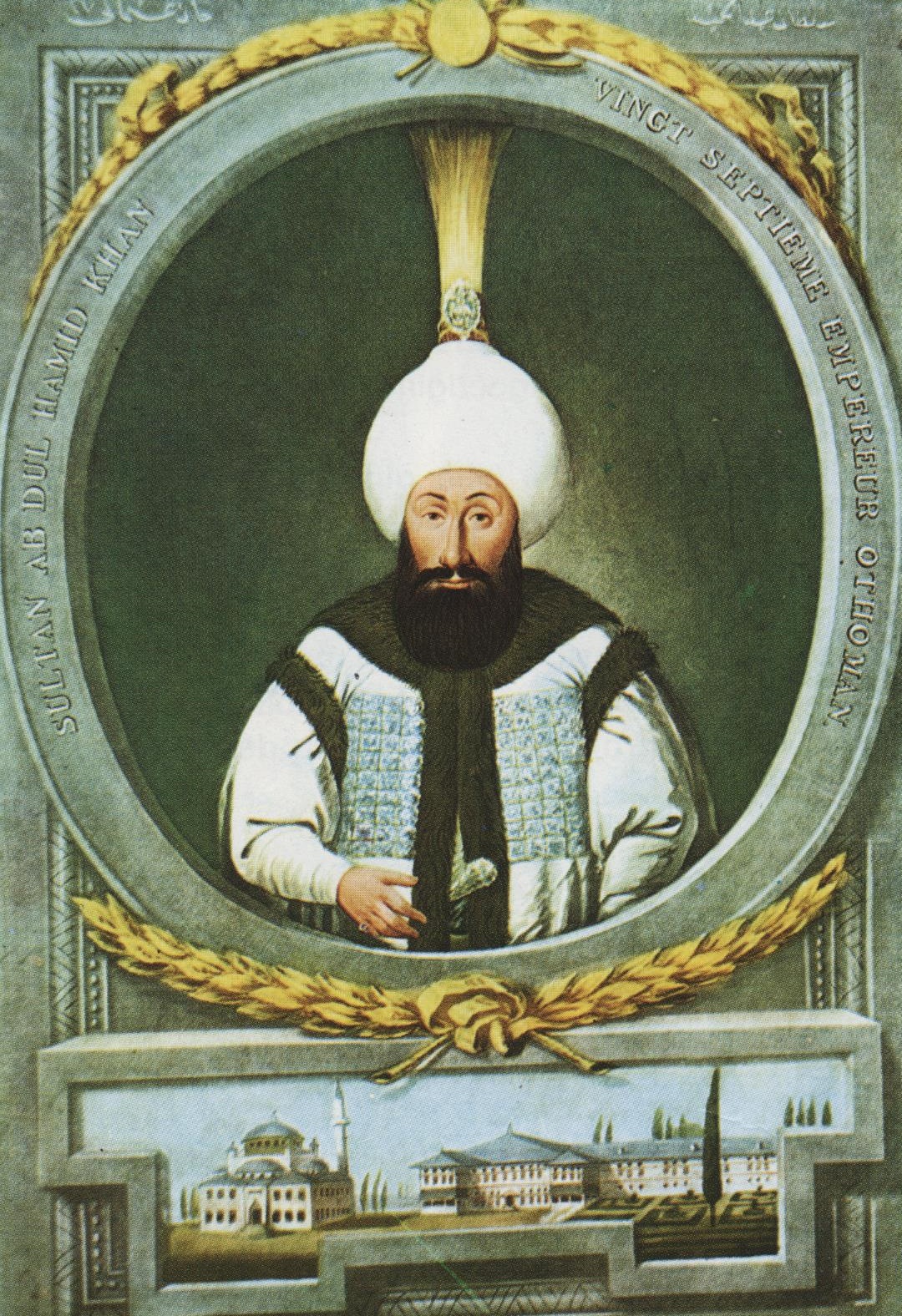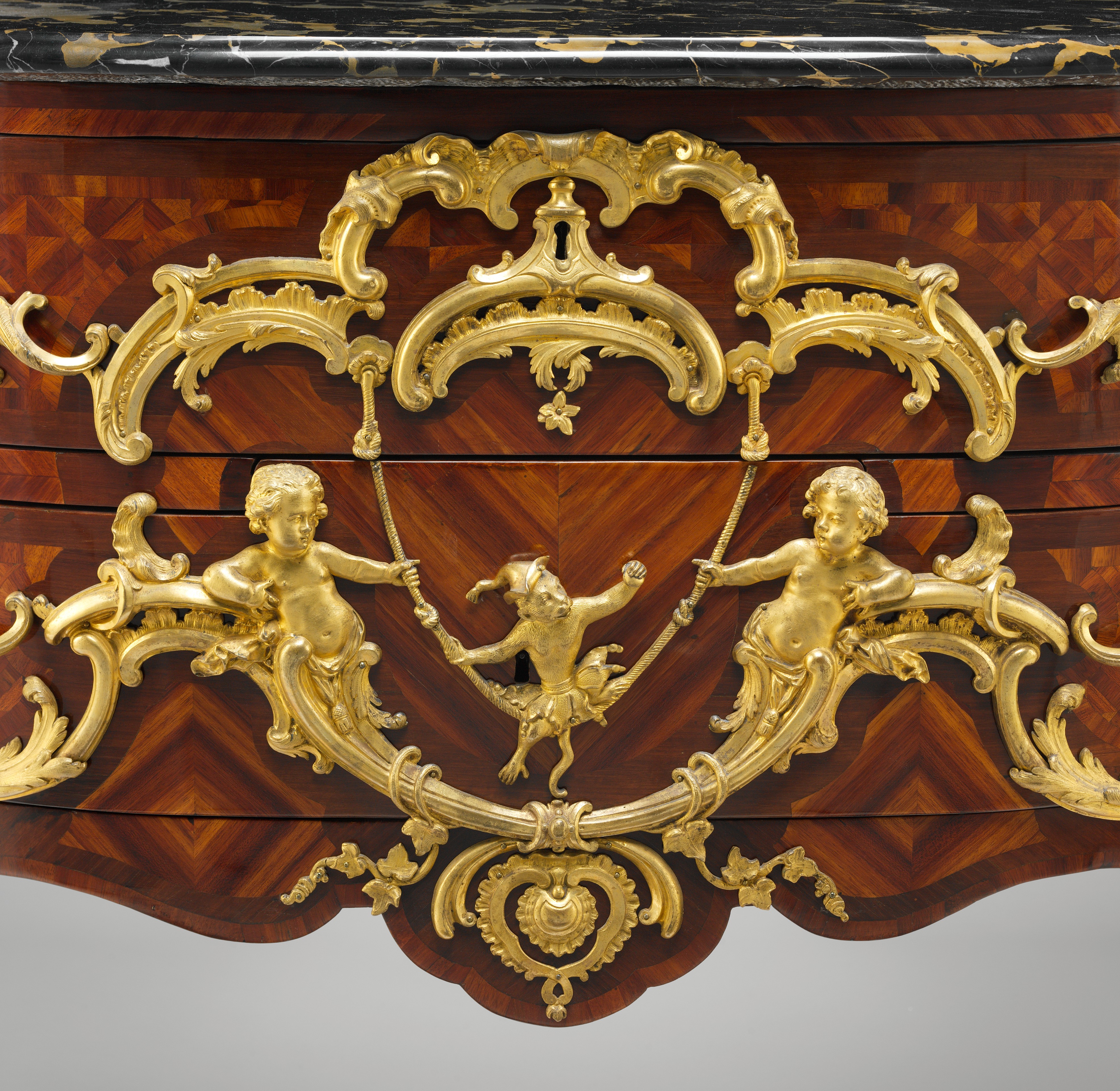|
Mihrişah Sultan Complex
The Mihrişah Sultan Complex () is a ''külliye'' ( Ottoman charitable foundation) founded by Mihrişah Sultan in the late 18th century. The complex is located next to the Eyüp Sultan Mosque complex in Istanbul, Turkey. The complex's largest component is an ''imaret'' (soup kitchen) which is notable for being one of the last ''imaret''s in Istanbul to still serve its original purpose. The rest of the complex is also notable for the founder's mausoleum and for its ornate street-facing ''sebil'', all built in the Ottoman Baroque style. Historical background Construction of the complex took place between 1792 and 1796 and was commissioned by Mihrişah Sultan, the mother of Sultan Selim III. The complex is located next to the Eyüp Sultan Mosque in the Eyüp neighbourhood of Istanbul. Selim III's reign (1789–1807) saw renewed Ottoman dynastic interest in this area, as he was responsible for rebuilding the Eyüp Sultan Mosque between 1798 and 1800. Architecture The complex ... [...More Info...] [...Related Items...] OR: [Wikipedia] [Google] [Baidu] |
Ottoman Baroque
Ottoman Baroque architecture, also known as Turkish Baroque, was a period in Ottoman architecture in the 18th century and early 19th century which was influenced by European Baroque architecture. Preceded by the changes of the Tulip Period and Tulip Period architecture, the style marked a significant departure from the classical style of Ottoman architecture and introduced new decorative forms to mostly traditional Ottoman building types. It emerged in the 1740s during the reign of Mahmud I () and its most important early monument was the Nuruosmaniye Mosque, completed in 1755. Later in the 18th century, new building types were also introduced based on European influences. The last fully Baroque monuments, such as the Nusretiye Mosque, were built by Mahmud II () in the early 19th century, but during this period new European-influenced styles were introduced and supplanted the Baroque. Background From the 18th century onward European influences were introduced into Ottoman archi ... [...More Info...] [...Related Items...] OR: [Wikipedia] [Google] [Baidu] |
Mektep
A kuttab ( ''kuttāb'', plural: ''kataatiib'', ) or maktab () is a type of elementary school in the Muslim world. Though the ''kuttab'' was primarily used for teaching children in reading, writing, grammar, and Islamic studies, such as memorizing and reciting the Qur'an (including ''Qira'at''), other practical and theoretical subjects were also often taught. The kuttāb represents an old-fashioned method of education in Muslim majority countries, in which a sheikh teaches a group of students who sit in front of him on the ground. Until the 20th century, when modern schools developed, kuttabs were the prevalent means of mass education in much of the Islamic world. Name Kuttab refers to only elementary schools in Arabic. This institution can also be called a ''maktab'' () or ''maktaba'' () in Arabic—with many transliterations. In common Modern Standard Arabic usage, ''maktab'' means "office" while ''maktabah'' means "library" or "(place of) study" and ''kuttāb'' is a plural wor ... [...More Info...] [...Related Items...] OR: [Wikipedia] [Google] [Baidu] |
Mihrişah Sultan (mother Of Selim III)
Mihrişah Sultan (; "''sun/light of the Şah''"; 1745 – 16 October 1805), was a consort of Sultan Mustafa III, and the mother of Selim III of the Ottoman Empire, and his Valide sultan for 16 years from 1789 until her death in 1805. Early life Of Georgians, ethnic Georgian origin, Mihrişah was born in 1745 in Georgia, but there were also rumors that she was in part Genoese colonies, Genoese. She was considered beautiful, and was called "the Georgian Beauty" (). As imperial consort Mihrişah entered in Mustafa III's harem via the Black Sea slave trade circa 1757 and became one of concubinage in Islam, his consorts and then the BaşKadin (first consort). On 17 March 1759, she gave birth to her first child, a daughter, Hibetullah Sultan. For the past thirty years no child had been born in the imperial family, hence, Hibetullah's birth was celebrated in the whole of Istanbul. On 24 December 1761, she gave birth to her second child, a son, Şehzade Selim (future Selim III). H ... [...More Info...] [...Related Items...] OR: [Wikipedia] [Google] [Baidu] |
Topkapı Palace
The Topkapı Palace (; ), or the Seraglio, is a large museum and library in the east of the Fatih List of districts of Istanbul, district of Istanbul in Turkey. From the 1460s to the completion of Dolmabahçe Palace in 1856, it served as the administrative center of the Ottoman Empire, and was the main residence of its sultans. Construction, ordered by the Sultan Mehmed the Conqueror, began in 1459, six years after the Fall of Constantinople, conquest of Constantinople. Topkapı was originally called the "New Palace" ( or ) to distinguish it from the Eski Saray, Old Palace ( or ) in Beyazıt Square. It was given the name , meaning Cannon Gate, in the 19th century. The complex expanded over the centuries, with major renovations after the 1509 Constantinople earthquake, 1509 earthquake and the 1665 fire. The palace complex consists of four main courtyards and many smaller buildings. Female members of the Sultan's family lived in the harem, and leading state officials, including th ... [...More Info...] [...Related Items...] OR: [Wikipedia] [Google] [Baidu] |
Abdülhamid I
Abdulhamid I or Abdul Hamid I (, ''`Abdü’l-Ḥamīd-i evvel''; ; 20 March 1725 – 7 April 1789) was the 27th sultan of the Ottoman Empire from 1774 to 1789. A devout and pacifist sultan, he inherited a bankrupt empire and sought military reforms, including overhauling the Janissaries and navy. Despite internal efforts and quelling revolts in Syria, Egypt, and Greece, his reign saw the critical loss of Crimea and defeat by Russia and Austria. The 1774 Treaty of Küçük Kaynarca granted Russia territorial and religious influence. He died soon after the fall of Ochakov in 1788. Early life Abdul Hamid was born on 20 March 1725, in Constantinople. He was a younger son of Sultan Ahmed III (reigned 1703–1730) and his consort Şermi Kadın. Ahmed III abdicated his power in favour of his nephew Mahmud I, who was then succeeded by his brother Osman III, and Osman by Ahmed's elder son Mustafa III. As a potential heir to the throne, Abdul Hamid was imprisoned in comfort by h ... [...More Info...] [...Related Items...] OR: [Wikipedia] [Google] [Baidu] |
Rocaille
Rocaille ( , ) was a French style of exuberant decoration, with an abundance of curves, counter-curves, undulations and elements modeled on nature, that appeared in furniture and interior decorative arts, decoration during the early reign of Louis XV of France. It was a reaction against the heaviness and formality of the Louis XIV style. It began in about 1710, reached its peak in the 1730s, and came to an end in the late 1750s, replaced by Neoclassicism. It was the beginning of the French Baroque movement in furniture and design, and also marked the beginning of the Rococo movement, which spread to Italy, Bavaria and Austria by the mid-18th century. Overview Rocaille was exuberant and inspired by nature like Rococo, but, unlike Rococo, it was usually symmetrical and not overloaded with decoration. It took its name from the mixture of rock, seashell and plaster that was used to create a picturesque effect in grottos during the Renaissance, and from the name of a seashell-shaped ... [...More Info...] [...Related Items...] OR: [Wikipedia] [Google] [Baidu] |
Doğan Kuban
Doğan Kuban (10 April 1926 – 22 September 2021) was a Turkish architectural historian. Biography Kuban was born in Paris. He received his bachelor's degree in architecture from Istanbul Technical University (ITU). Shortly thereafter he started his academic career. In the 1960s and 1970s he spent time as a research fellow at the Dumbarton Oaks Research Library with a scholarship from Harvard University. He became a professor in 1965, and he retired recently. Among his other work, he aided Professor Cecil L. Striker, of the University of Pennsylvania, in his scholarly restoration of the Kalenderhane Mosque in Istanbul. Kuban's urban history of Istanbul—one of the more complete diachronic histories of the city—is available in English as ''Istanbul: An Urban History. Byzantion, Constantinopolis, Istanbul'' (Istanbul, 1996). He died on 22 September 2021 at the age of 95. See also * List of Turkish architects * Ottoman architecture Ottoman architecture is an architectura ... [...More Info...] [...Related Items...] OR: [Wikipedia] [Google] [Baidu] |
Pilaster
In architecture, a pilaster is both a load-bearing section of thickened wall or column integrated into a wall, and a purely decorative element in classical architecture which gives the appearance of a supporting column and articulates an extent of wall. As an ornament it consists of a flat surface raised from the main wall surface, usually treated as though it were a column, with a capital at the top, plinth (base) at the bottom, and the various other column elements. In contrast to a Classical pilaster, an engaged column or buttress can support the structure of a wall and roof above. In human anatomy, a pilaster is a ridge that extends vertically across the femur, which is unique to modern humans. Its structural function is unclear. Definition A pilaster is foremost a load-bearing architectural element used widely throughout the world and its history where a structural load is carried by a thickened section of wall or column integrated into a wall. It is also a purel ... [...More Info...] [...Related Items...] OR: [Wikipedia] [Google] [Baidu] |
Colonnette
A colonnette is a small slender column, usually decorative, which supports a beam or lintel. Colonnettes have also been used to refer to a feature of furnishings such as a dressing table and case clock, and even studied by archeologists in Roman ceramics. Architectural colonnettes are typically found in "a group in a parapet, balustrade, or cluster pier". The term columnette has also been used to refer to thin columns. In Khmer art, the colonnette designates in particular the columns which frame the doors of the sanctuaries and which are one of the dating elements of their style. Summits of complexity were attained in the development of the Khmer colonnette, according to Philippe Stern: Etymology The -''ette'' suffix, from French language, is a diminutive, which can also have a condescending connotation: in our case, it shifts the meaning from column to small column or fake columns. In the field of Angkorian archeology, Edme Casimir de Croizier was the first to use the name o ... [...More Info...] [...Related Items...] OR: [Wikipedia] [Google] [Baidu] |
Keystones
A keystone (or capstone) is the wedge-shaped stone at the apex of a masonry arch or typically round-shaped one at the apex of a vault. In both cases it is the final piece placed during construction and locks all the stones into position, allowing the arch or vault to bear weight. In arches and vaults (such as quasi-domes) keystones are often enlarged beyond the structural requirements and decorated. A variant in domes and crowning vaults is a lantern. A portion of the arch surrounding the keystone is called a crown. Keystones or their suggested form are sometimes placed for decorative effect in the centre of the flat top of doors, recesses and windows, so as to form an upward projection of a lintel, as a hallmark of strength or good architecture. Although a masonry arch or vault cannot be self-supporting until the keystone is placed, the keystone experiences the least stress of any of the voussoirs, due to its position at the apex. Old keystones can decay due to weathering an ... [...More Info...] [...Related Items...] OR: [Wikipedia] [Google] [Baidu] |
Granite
Granite ( ) is a coarse-grained (phanerite, phaneritic) intrusive rock, intrusive igneous rock composed mostly of quartz, alkali feldspar, and plagioclase. It forms from magma with a high content of silica and alkali metal oxides that slowly cools and solidifies underground. It is common in the continental crust of Earth, where it is found in igneous intrusions. These range in size from dike (geology), dikes only a few centimeters across to batholiths exposed over hundreds of square kilometers. Granite is typical of a larger family of ''granitic rocks'', or ''granitoids'', that are composed mostly of coarse-grained quartz and feldspars in varying proportions. These rocks are classified by the relative percentages of quartz, alkali feldspar, and plagioclase (the QAPF diagram, QAPF classification), with true granite representing granitic rocks rich in quartz and alkali feldspar. Most granitic rocks also contain mica or amphibole minerals, though a few (known as leucogranites) conta ... [...More Info...] [...Related Items...] OR: [Wikipedia] [Google] [Baidu] |









